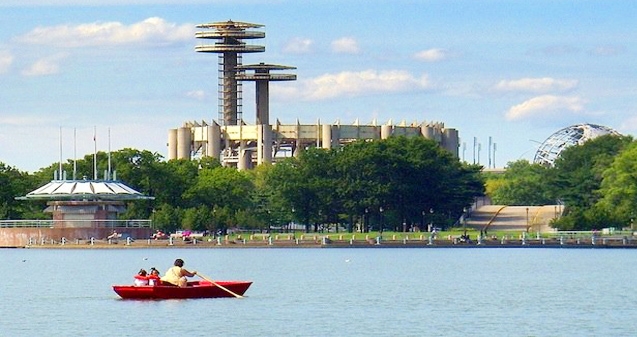
Flushing, a neighborhood in New York City’s Queens borough, is getting a lot of attention this week as the home of the US Open tennis tournament. A lot of tennis fans likely don’t think much about the place beyond that, but Flushing is worth getting to know.
For one thing, it’s one of the oldest continuous settlements in the United States: Like much of what is now New York City, the Dutch founded it in mid-1600s. Flushing also set an early example of religious freedom by allowing Quakers to practice their religion. In fact, diversity — religious, ethnic, linguistic and culinary — continues to be one of the neighborhood’s hallmarks. One example: Flushing’s Chinatown population rivals that of Manhattan’s.
Flushing has also long been an easy commute from Manhattan (especially after the Queensboro Bridge was built in 1909), which made it a popular suburb and, later, an ideal place for parks and athletic stadiums too big to squeeze into more crowded areas.
Accessible by both the Long Island Railroad and the New York City Subway, the 888-acre Flushing Meadows-Corona Park — 100 acres larger than Central Park in Manhattan — is the perfect spot for large-scale events.
The USTA Billie Jean King National Tennis Center stands on one side of the park, and the New York Mets’ Citi Field is nearby. The New York Sate Pavilion (in the photo above) still stands, built for 1964 World’s Fair. The park is filled with iconic sculpture, notably the massive Unisphere globe, also built for the World’s Fair, and Rocket Thrower. With lakes, playgrounds (including the Playground for all Children, which is accessible to kids with disabilities as well as without), and museums, the park is a green jewel in the middle of the city.
Source : Yahoo! Travel








